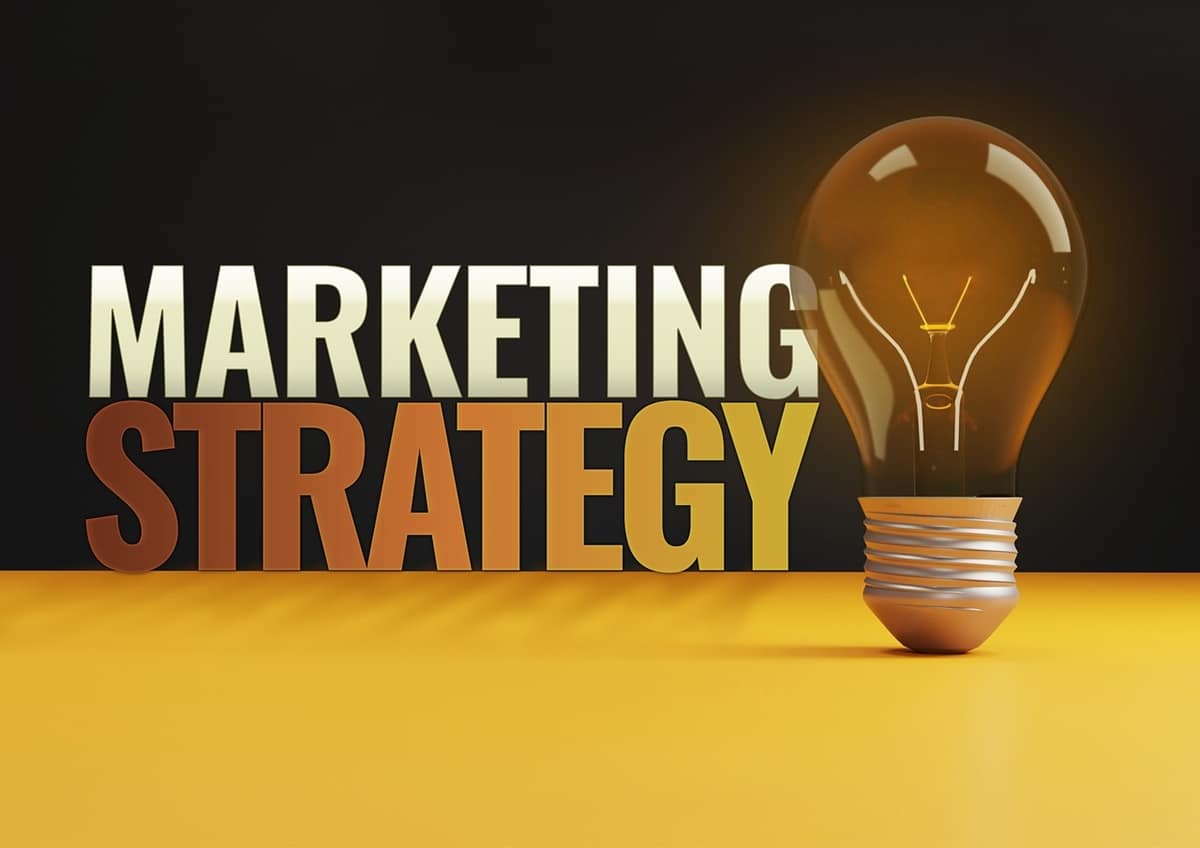In today’s rapidly evolving digital landscape, the million-dollar question that dominates every business conversation is – “Which strategy best helps a brand company reach consumers?” The answer, surprisingly, is not linked to aggressive sales tactics or high-profile ad campaigns. Instead, it lies within the domain of content marketing, a consumer-focused, value-driven strategy that places the brand at the heart of helpful, informative, and entertaining narratives.
Content Marketing – The Prime Strategy for Consumer Outreach
In the wide array of marketing strategies, Content Marketing shines as a primary means of reaching consumers. It transcends traditional product-centric advertising and focuses on building strong relationships with consumers through the consistent delivery of high-quality, relevant, and valuable content.
Understanding the Concept of Content Marketing
Content marketing is a strategic marketing approach that centers on creating and disseminating valuable, consistent content to attract and retain a clearly defined audience. It diverges from direct selling and instead invests in providing content that solves the audience’s problems, answers their questions, or entertains them. This strategy builds trust and cultivates customer loyalty, turning casual observers into devoted fans and ultimately, paying customers.
Content can come in multiple forms such as articles, blogs, videos, podcasts, social media posts, webinars, newsletters, or e-books. The key lies in understanding what kind of content resonates best with your target audience and leveraging it to engage them in a meaningful way.

Key Benefits of Content Marketing
Content Marketing, when executed effectively, can result in a multitude of benefits for a brand.
Boosted Brand Visibility
Well-crafted, valuable content, shared across various digital platforms, boosts a brand’s visibility. Not only does it improve the brand’s search engine rankings, but it also exposes the brand to new audiences and potential customers.
Building Trust and Brand Reputation
The consistent provision of high-quality content allows brands to position themselves as thought leaders in their respective industries. This establishes trust among consumers and enhances the brand’s reputation.
Enhanced Customer Engagement
Interactive content marketing encourages consumers to engage with the brand, fostering a sense of community. High engagement levels ultimately result in a deeper customer-brand connection and improved loyalty.
Driving Sales Through Education
By educating consumers about their problems and offering appropriate solutions, content marketing guides potential customers along the buying journey. This education-based approach reduces resistance and drives higher conversion rates.
Alternatives to Content Marketing
Content Marketing, with its ability to inform, entertain, and engage audiences, has cemented its place as a crucial strategy in the digital marketing landscape. However, it’s not the only strategy that businesses can utilize. Several alternative methods can also prove effective in connecting with audiences, boosting visibility, and driving sales. Let’s delve deeper into these alternatives.
1. Influencer Marketing
Influencer Marketing is a form of marketing that capitalizes on the influence of individuals who have built a significant following or reputation in a specific field. These influencers, with their authentic voices and strong online presence, can sway the purchasing decisions of their followers.
Influencer Marketing can be especially potent due to the perceived authenticity and relatability of influencers. Followers trust the opinions and recommendations of influencers, often viewing them as peers rather than traditional advertisers. As a result, influencer partnerships can offer brands a powerful means of connecting with new audiences and boosting their credibility.
However, it’s crucial for brands to select influencers whose values align with theirs and who command a genuine following. Missteps can lead to negative publicity and diminished consumer trust.
2. Social Media Marketing
In an era where the average person spends over two hours a day on social media, Social Media Marketing is a strategy that brands can’t afford to overlook. This approach involves using platforms like Instagram, Facebook, Twitter, LinkedIn, and others to publish content, engage with followers, and promote products or services.
Social Media Marketing offers several benefits, such as increased brand recognition, improved brand loyalty, more opportunities to convert, and higher conversion rates. It provides a platform for brands to showcase their personality and values, engage directly with consumers, and build a community around their brand.
However, effective social media marketing requires a significant time investment and constant engagement to keep followers interested and engaged. It also involves managing negative comments or reviews in a way that mitigates any potential damage to the brand’s reputation.
3. Search Engine Optimization (SEO)
While SEO often goes hand in hand with content marketing, it’s an essential standalone strategy in its own right. SEO involves optimizing a website’s content and design to rank higher in search engine results pages (SERPs). The goal is to increase organic (non-paid) traffic to the website, thereby boosting visibility and attracting potential customers.
Effective SEO involves a range of techniques, including keyword optimization, mobile-friendly design, fast loading times, quality content creation, and securing backlinks from reputable websites. However, SEO is a long-term strategy that requires patience and a deep understanding of search engine algorithms.
4. Paid Advertising
Paid Advertising, or Pay-Per-Click (PPC) advertising, can offer a rapid means of increasing a brand’s visibility online. Platforms like Google Ads allow businesses to display advertisements on the search engine results pages (SERPs). Advertisers then pay a fee each time a user clicks on one of these ads.
While paid advertising can drive immediate results, it can also prove costly, particularly in competitive industries. Also, once the budget depletes, the ads disappear, potentially leading to a significant drop in traffic.
5. Email Marketing
Email Marketing is a tried-and-true digital marketing strategy that involves sending emails to prospects and customers. Effective emails convert prospects into buyers and turn one-time buyers into loyal, raving fans. This strategy enables direct communication with consumers, allowing brands to promote their products, provide value, and build relationships.
Despite the rise of social media, email marketing remains one of the most effective marketing strategies. However, building a substantial email list can take time, and brands must ensure they’re compliant with privacy laws.

Implementing Content Marketing in Small Startups
Even though content marketing is typically associated with larger, established businesses, it can also be an incredibly effective tool for small startups. With limited resources and a burning desire to establish their presence, startups can harness content marketing to build their brand, engage with their audience, and drive growth. Here’s how startups can implement content marketing into their strategy.
Identifying the Target Audience
The first step in any marketing strategy, including content marketing, is identifying the target audience. This involves understanding who the potential customers are, what their needs and preferences are, what problems they are looking to solve, and how they seek out and consume content. This knowledge lays the groundwork for a successful content marketing strategy.
Creating Relevant, Valuable Content
Once the target audience is identified, the focus shifts to creating content that aligns with their needs and preferences. This could take many forms, including blog posts, videos, podcasts, infographics, social media updates, and more. The key is to ensure the content is valuable, engaging, and relevant to the audience. The content should educate, inspire, entertain, or solve a problem for the audience.
Establishing a Content Calendar
A content calendar helps plan and organize content marketing activities. It provides a clear schedule for when and where different pieces of content will be published. This can help ensure a consistent output of content, which is crucial for building an audience and boosting SEO.
Leveraging Different Channels for Content Distribution
Content creation is just one part of content marketing. Equally important is ensuring that the content reaches the target audience. This means distributing the content across various channels where the audience is likely to find it. This could include the startup’s website, blog, email newsletters, and social media platforms.
Analyzing and Adapting the Strategy
Finally, implementing content marketing requires regularly reviewing and adjusting the strategy based on performance. This involves analyzing metrics like website traffic, social media engagement, email open rates, and more. By understanding what’s working and what’s not, startups can adapt their content marketing strategy to improve results over time.
Conclusion
In the bustling digital marketplace, reaching and engaging consumers can be a daunting task. Yet, content marketing emerges as a beacon of hope, guiding brands towards increased visibility, trust, engagement, and sales. While alternatives such as influencer marketing, social media marketing, and SEO exist, they cannot substitute the comprehensive reach of content marketing.
With careful planning and execution, startups can harness this strategy’s power to connect with their audience, build lasting relationships, and ultimately, achieve remarkable success.
